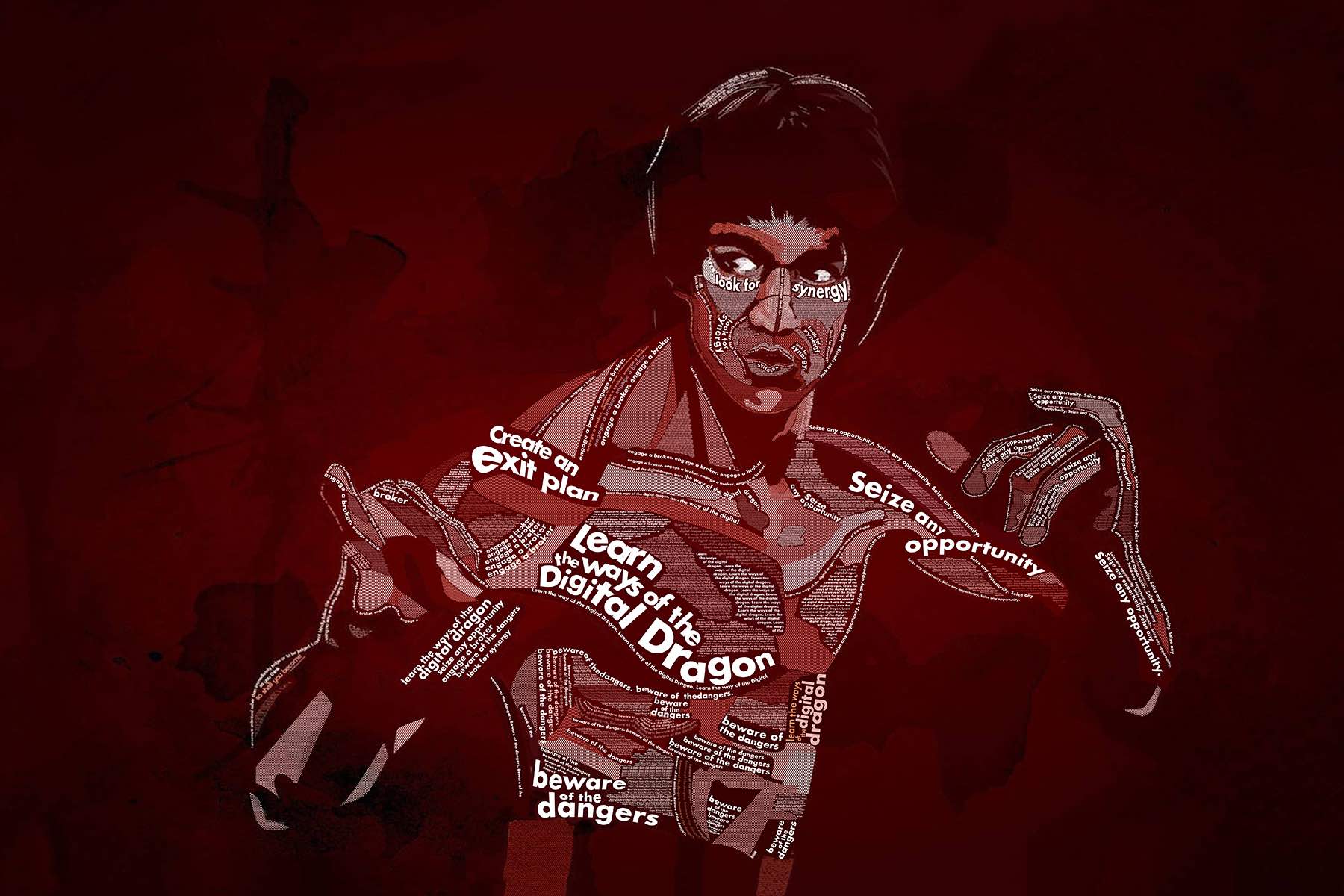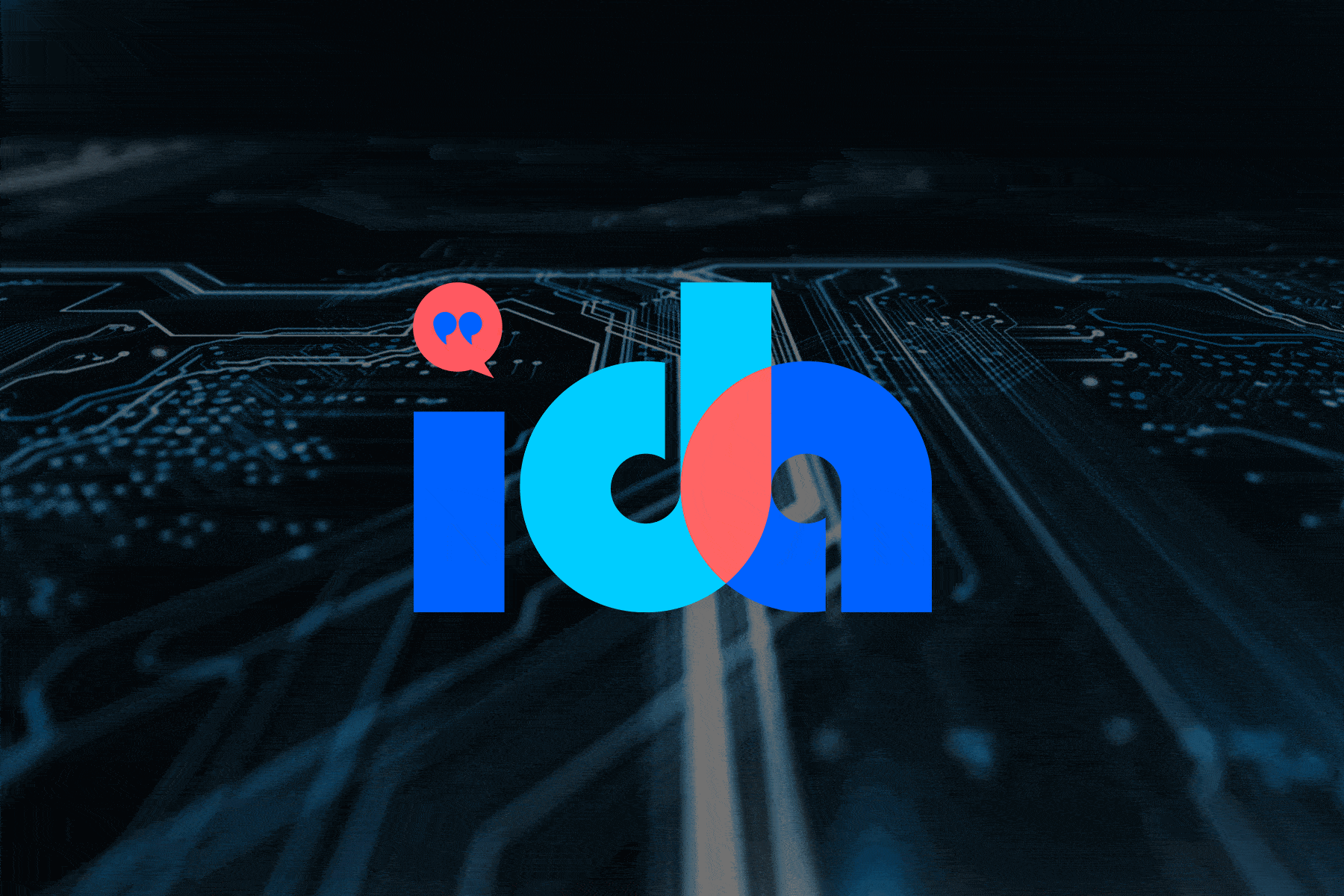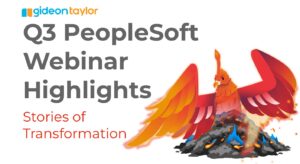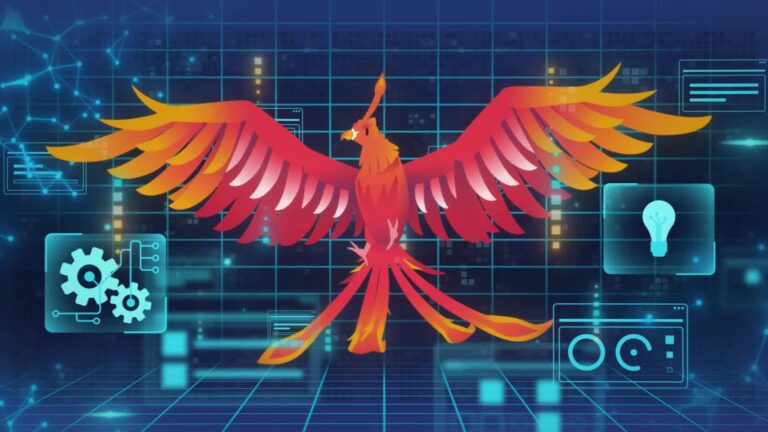At the Las Vegas Gartner summit in December 2019, an important session was presented on the subject of “digital dragons”. Given where the world will be in 2020, and where it’s clearly headed after that, we felt that this was the most impactful session of the entire conference, and really deserved focus unto itself. We’re also fans of the wonderful Bruce Lee movie, “Enter the Dragon”, so we couldn’t resist the opportunity to pay homage to our favorite martial arts icon.
So, to break down the blog into bite-sized chunks, while also calling out dialog from the excellent movie script (plus quotes directly attributed to Bruce Lee himself), here’s the top 10 things we feel the world needs to understand when dealing with digital dragons.
But before we start, let’s first define exactly what is a digital dragon.
Digital dragons are a subset of a group long known as digital giants. Digital giants are technology focused companies that are extremely big (market cap exceeds $25 billion). Companies like Netflix, Oracle, Twitter, Microsoft, etc., are all considered to be digital giants.
What sets digital dragons apart from the giants is that dragons don’t just focus on a narrow set of technology-based industries. Instead they focus on a wide range of industries, like retail, healthcare, insurance and banking. So, while giants spend their entire lives grappling with other giants in the same industry, the goal of the dragon is to ultimately compete with, and conquer, every competitor in every industry.
This makes digital giants pretty benign creatures, while digital dragons are positively scary if not handled with care. The two prime examples of digital dragons? Amazon and Alibaba. Though there are companies that look to be morphing from giants into potential dragons. Examples being Apple and Google.
So, here goes, our top 10 insights into the world of digital dragons.
1. Han: Very few people can be totally ruthless. It isn’t easy. It takes more strength than you might believe!
It has to take a lot of discipline for a company like Amazon to build relationships with organizations that ultimately they want to compete with by entering and conquering their markets. Most giants don’t have that same sense of ruthlessness, and respect their customers too much to enter their market as a competitor. As much as people may bristle at Larry Ellison’s combative style, he’s way too ethical to go after the market of companies he’s been doing business with for decades. But for a dragon, this is the essence of who they are. The evolution of a digital dragon can be described in three stages:

Stage 1 is the cute and cuddly phase. The dragon is new to the market and looks like it will be a useful addition that brings value for the consumer. Stage 2 is when the dragon is more fully formed, its capabilities look to be better than everyone else, and there’s a sense that it will end up the leader. But still, it assumes the guise of a model citizen. Stage 3 is when it brings its epic size and agility to disrupt and forever change the market by using its hyperscale abilities and clean, precise, process models to drive out all competitors.
Already we see Amazon entering the healthcare market, and the world of banking and finance is undoubtedly next. Note: Amazon already has some limited banking capabilities.
It’s not a dragon’s place to enter a market and be one of the pack. Ultimately if a dragon enters your market space it’s because it sees opportunity and expects to win. And in case you hadn’t noticed, dragons always play the long game. They have massively deep pockets and the patience to match. With hyperscale modern platforms, powerful eco systems, data mastery, and huge R&D investments, they are primed to win wherever they go.
2. Lee: Never take your eyes off your opponent, even when you bow.
Gartner’s advice is that most organizations need to create positions in their company dedicated to monitoring the activities of dragons and responding accordingly. Even giants like Oracle and Microsoft have joined forces to combat the growth of Amazon AWS. But if you are an organization in the healthcare or finance sector, and you don’t yet have a strategy for how you will deal with your new competitor, then you’d better get one fast.
In the retail and package delivery sectors, Amazon has already turned the respective industries on their heads and has changed the way the game is played. For Walmart, Office Depot, Fedex and UPS, it’s a real struggle every day to deal with the new economics in their worlds.
3. Williams: Mr. Han, suddenly I wish to leave your island.
Han: It is not possible.
Williams: [B…], Mr. Han-man.
Amazon AWS is the machinery and set of programmatic processes that runs the heart of the Amazon empire. For many years it has been the cloud infrastructure of choice for countless organizations across the world. Born out of a need to sell books on the internet, it is now the most widely used infrastructure on the planet. And has financed and powered, like a giant furnace, the growth of Amazon. Even we at IntraSee used AWS for a while, though not anymore. We are now firmly entrenched on the Oracle cloud infrastructure (OCI).
For us it was easy to move off AWS. We never built applications using their suite of PaaS services (Platform as a Service). So, there was no “glue” to adhere us to a platform we decided to move away from.
But for many organizations, the move off of AWS is not simple at all. Anyone using all the AWS proprietary tools now has to somehow rebuild them all on a different platform. And that takes time and money. Amazon AWS is a “sticky” platform, and getting off that island isn’t as easy as it sounds.
All companies using Amazon AWS today need to define their own exit plan. And if you are in certain targeted industries then you most certainly should be executing that plan right now. Funding your #1 competitor isn’t a smart idea.
Retail, healthcare, package delivery, finance & banking. It’s time to move on to a different cloud platform for anyone in those industries. Given the friendly nature of digital giants, Oracle and Microsoft are a much safer bet for almost anyone.
And, what’s more, if you are running Workday on Amazon AWS, maybe you should be moving on from that too. And even more so if Amazon ever acquired Workday (an acquisition that makes all the sense in the world for Amazon).
Not to be alarmist, but exit plans need to be made in order to safeguard the future. Not having a plan means not having an insurance policy.
4. Shaolin Abbot: I see your talents have gone beyond the mere physical level. Your skills are now at the point of spiritual insight. I have several questions. What is the highest technique you hope to achieve?
Lee: To have no technique.
Shaolin Abbot: Very good. What are your thoughts when facing an opponent?
Lee: There is no opponent.
As much as dragons bring danger, there is an impressiveness to them. They exist as dragons because they’ve accomplished things nobody else ever has. And they’ve done it with hard work and brilliant planning, such that they are now highly evolved entities that are almost impossible to compete with. And that’s how they see themselves. Dragons don’t fear the competition. Dragons don’t even see any competition.
The dragon’s belief is that all they need to do is apply the ways of the dragon and they will always win. The skills of their opponent don’t matter at all. The only thing that matters is their own execution and the ability to adapt and evolve at massively rapid speed.
5. Roper: Opium… uh oh.
Han: We are investing in corruption, Mr. Roper. The business of corruption is like any other business.
Roper: Oh yeah. Provide your customers with products they need and, uh, charge a little bit to stimulate your market and before you know it customers come to depend on you. I mean, really need you.
This is the essence of where we are today. Amazon AWS became massively popular because almost anyone could afford to buy it, and for its ease of implementation. And now, because of the vendor lock-in nature of AWS, lots and lots of people now depend on it.
And to feed the enthusiasm for building things already built by someone else, acquiring more technical debt, and adding more stickiness to AWS, there’s AWS re:Invent.
An annual conference, held in Vegas, dedicated to all things AWS. Seven years ago, about 8,000 people attended. These days its 50,000+. And yes, there is an excitement that surrounds it, and people are genuinely jazzed to find out what new things they can use that are part of the AWS stack. Whether any of the things they build are a good thing for any of the organizations that send their people to it, well, that’s never discussed.
For anyone looking for strategic advice, that was to be found at the Gartner conference held down the road in the same week. The success of AWS is based purely on consumption. Not value add.
6. Lee: In the middle of chaos lies opportunity.
As much as there is danger associated with a dragon, you really have to admire how the dragon sees the world. There is much to be learned from them, and pretty much every organization in the world can take lessons from Amazon and apply them to their own situation.
A core belief of every dragon is that where other people see chaos, they see opportunity. Chaos, to them, means that consumers are not being properly serviced. And dragons know how to service consumers.
At IntraSee we feel exactly the same way about chaos. Chaos is the canary in the coal mine. It’s a sign that something is missing in the market. And, as an aside, chaos is why conversational UI’s will transform the inner workings of the Enterprise. All you need to do is take something chaotic, make it simple and scalable, and you’ve solved the problem. And nothing is simpler than a conversation.
Amazon took on the vast complexity of online shopping on the internet and turned it into a simple click through experience, for over one billion products sold by over 2.5 million sellers! All selling using the exact same framework and user experience. They believe they can do the same thing to delivery and supply chain, healthcare, banking and finance too. And it’s highly doubtful they’ll just stop at that.
7. Shaolin Abbot: The enemy has only images and illusions behind which he hides his true motives. Destroy the image and you will break the enemy.
The dragon’s path to success relies on important people at other organizations not paying attention. This is precisely why Gartner recommends that every organization needs to appoint “dragon watchers”. And for some organizations this will be an entire department, and the head of which will be C-level. That’s how important this all is.
While IT is making decisions to add more AWS services, your organization may be better served by reducing the number of those services. Maybe down to zero. But that is dependent on the right people paying attention to what is going on.
Dragons feed off volume. The only way to truly compete with a dragon is to deny them that volume. Which may mean switching to Oracle or Microsoft cloud offerings. Or, like Walmart, refuse to do business with vendors that use the AWS stack.
8. Lee: Absorb what is useful, discard what is useless and add what is specifically your own.
Lee: Mistakes are always forgivable, if one has the courage to admit them.
In many ways the dragon is an ego-less beast. It doesn’t cling on to bad decisions for the sake of the ego of the person that made that decision. And it doesn’t bother itself with frivolous details that it deems unnecessary. Many organizations can learn from this approach and focus themselves on a cleaner and more precise way of running their Enterprise systems.
Amazon.com is a prime example of a web site that eschews all fads, refuses to be cool, applies a stringent framework to the complete user experience, and yet manages to work for the sale of over one billion different products and 2.5 million sellers.
The next time someone in HR tells you that their department needs their own web site designed to their standards because of their unique requirements, remind them of that.
Dragons are built from frameworks. This is the DNA of dragons. Without frameworks there is no hyperscale, there is no competitive advantage. They would be just big lumbering giants.
Frameworks allow organizations to meet multiple demands quickly, cost effectively, and with high user satisfaction. Frameworks eliminate technical debt. Frameworks should be applied to everything. This is the lesson of the dragons.
Practically speaking, for example, don’t implement multiple digital assistant vendor solutions for your Enterprise. Implement one solution using one technology stack that works for everything. And ensure it’s using a framework. That’s how dragons do things. And if you can’t be a dragon, you can, at least, act like one.
9. Lee: I fear not the man who has practiced 10,000 kicks once, but I fear the man who has practiced one kick 10,000 times.
Lee: The successful warrior is the average man, with laser-like focus.
Lee: Knowing is not enough, we must apply. Willing is not enough, we must do.
Another defining characteristic of the dragon is that it perfects every single thing it does. Every process is fine-tuned, sometimes over many years, until it cannot be improved upon. New processes and ways of doing business receive the exact same level of attention. Processes are then seamlessly integrated into one another, and use of a framework ensures that nothing can deviate from this defined and formalized level of perfection. Best practice isn’t an aim. Best practice is an action baked into the framework.
Sloppiness is not tolerated. Only a relentless will to apply all lessons learned consistently will satisfy the dragon. Day in and day out. When the CEO takes a personal interest in solving everyday customer problems, you know where the culture bar is set in an organization.
10. Lee: Be happy, but never satisfied.
Last of all, the dragon is a happy and successful creature. They are kings of their industry, but they are never satisfied. Their DNA drives them on to become even more successful no matter the impact. Jeff Bezos is one of the richest people on the planet, and on some days the richest. But that doesn’t mean the pace drops. New frontiers beckon, and the path is clearly set on a number of industries that he perceives to be full of chaos and much needing of a dragon to bring better customer service.
Only time will tell how successful the dragons, both Amazon and Alibaba, will be in the 20’s. It’s a new decade and alliances are already forming in an attempt to staunch their progress. So, some people are paying attention. But, right now, not as many as there should be.
At IntraSee we want to wish you the very best of luck in 2020, and please contact us if you’d like to discuss anything in detail. It’s a fascinating new era we are about to enter. AI, dragons, conversational UI’s. We couldn’t be more excited!






